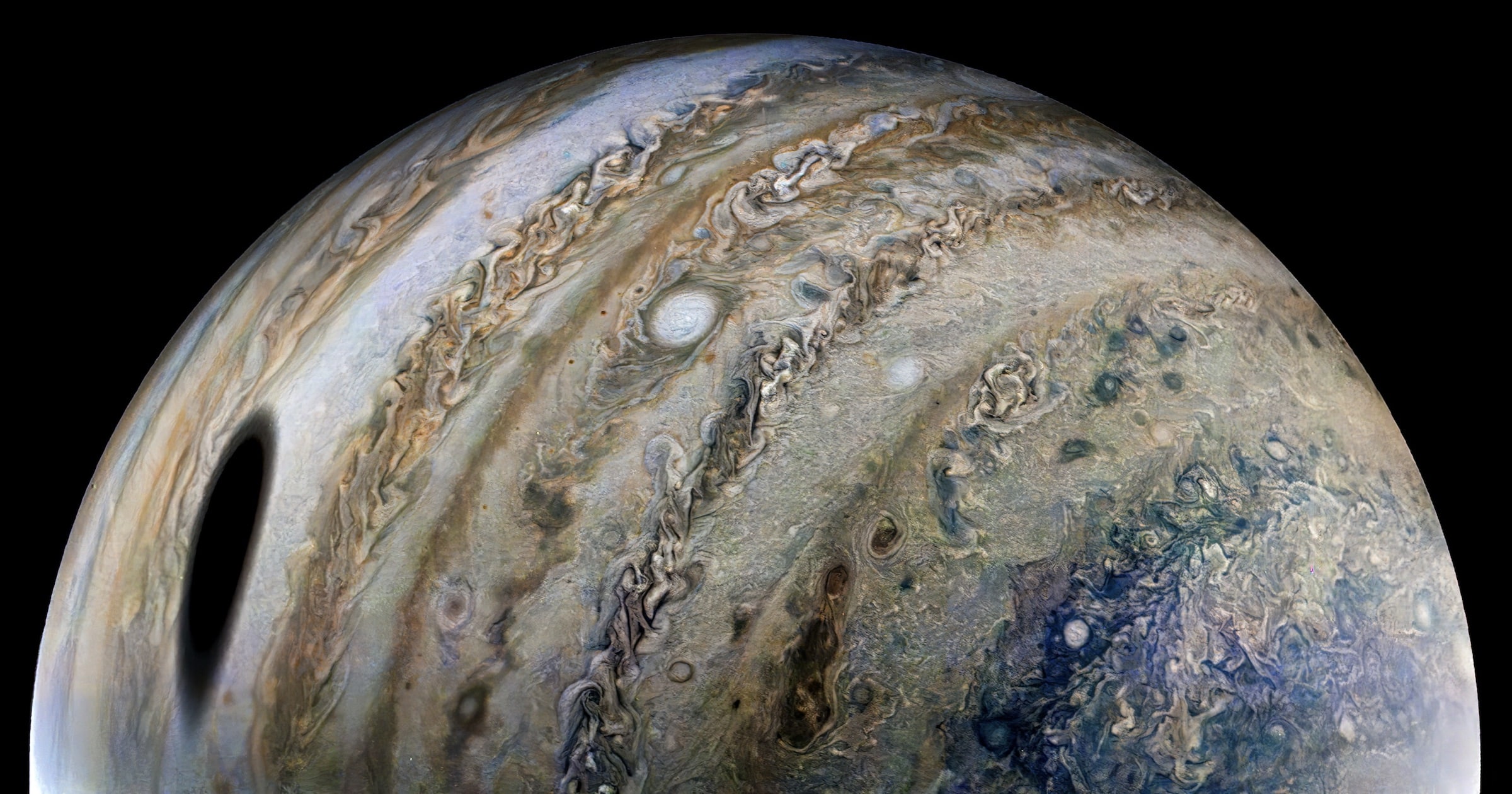 Culture & Ethics
Culture & Ethics
 Faith & Science
Faith & Science
 Intelligent Design
Intelligent Design
Science, Scripture, and the Image of God

Editor’s note: Nancy Pearcey is one of several Discovery Institute Fellows featured in the Museum of the Bible’s yearlong exhibit on “Scripture and Science: Our Universe, Ourselves, Our Place” in Washington, DC. Pearcey was asked to address the topic of the image of God and how it answers the questions, “What makes me human?” and “What we can accomplish?” You can watch an edited version of her comments on the Museum of the Bible’s Vimeo channel. Since the exhibit could feature only short segments of Pearcey’s recorded comments, Evolution News invited her to offer her full comments in a series here for our readers. This is Part 8, concluding the series. Look here for Part 1, Part 2, Part 3, Part 4, Part 5, Part 6, and Part 7. Pearcey is a professor and scholar in residence at Houston Christian University. Her comments are adapted from her books The Soul of Science, Love Thy Body, and The Toxic War on Masculinity.
Even science depends on the concept of the image of God. For science to be possible, a culture must embrace two convictions:
- that nature has an intelligible order
- and that the human mind is capable of discovering that order.
Today we are so used to thinking that nature has a rational order — that there are “laws” of nature — that we tend to think the idea is simply intuitive. But historian A. R. Hall, in a classic book titled The Scientific Revolution, 1500-1800, argues that no other culture, east or west, ancient or modern, has ever used the word “law” in the context of nature. It arose solely in the West during a time when its culture was permeated by Christianity.
Creator and Lawgiver
As Hall argues, because the God of the Bible was both a creator and a lawgiver, it made sense that this God would give laws to his creation. In his words, “The use of the word ‘law’ in such contexts [i.e., nature] would have been unintelligible in antiquity, whereas the Hebraic and Christian belief in a deity who was at once Creator and Law-giver rendered it valid.”
The second requirement for science is just as important — the conviction that humans have minds that are capable of discovering that order. In his book Darwin’s Century, anthropologist Loren Eiseley explains that science originated from “the sheer act of faith that the universe possessed order and could be interpreted by rational minds.” In other words, science requires an epistemology, or theory of knowledge, guaranteeing that the human mind is equipped to gain genuine knowledge of the world.
Historically, this guarantee came from the doctrine that humanity was created in the image of God — and that therefore human reason reflects, in some measure, the Divine Reason. Perhaps the most famous line of the early scientists is that they wanted to “think God’s thoughts after him.” The phrase comes from Johannes Kepler, an early astronomer. Kepler said God wanted us to perceive the laws of nature “when he created us in His image in order that may take part in His own thoughts.”
In Creation and the History of Science, Christopher Kaiser says the early scientists were convinced that the natural world is comprehensible because “the same Logos that is responsible for its ordering is also reflected in human reason.”
The Most Fundamental Theory
In How the West Won, sociologist Rodney Stark summarizes the impact of Christianity in these words:
Perhaps the most remarkable aspect of the rise of science is not that the early scientists searched for natural laws, confident that they existed, but that they found them. It thus could be said that the proposition that the universe had an Intelligent Designer is the most fundamental of all scientific theories and that it has been successfully put to empirical tests again and again.
The exhibit at the Museum of the Bible has it exactly right. The conviction that humans are created in the image of God is the foundation for what it means to be human and for what we can accomplish.
